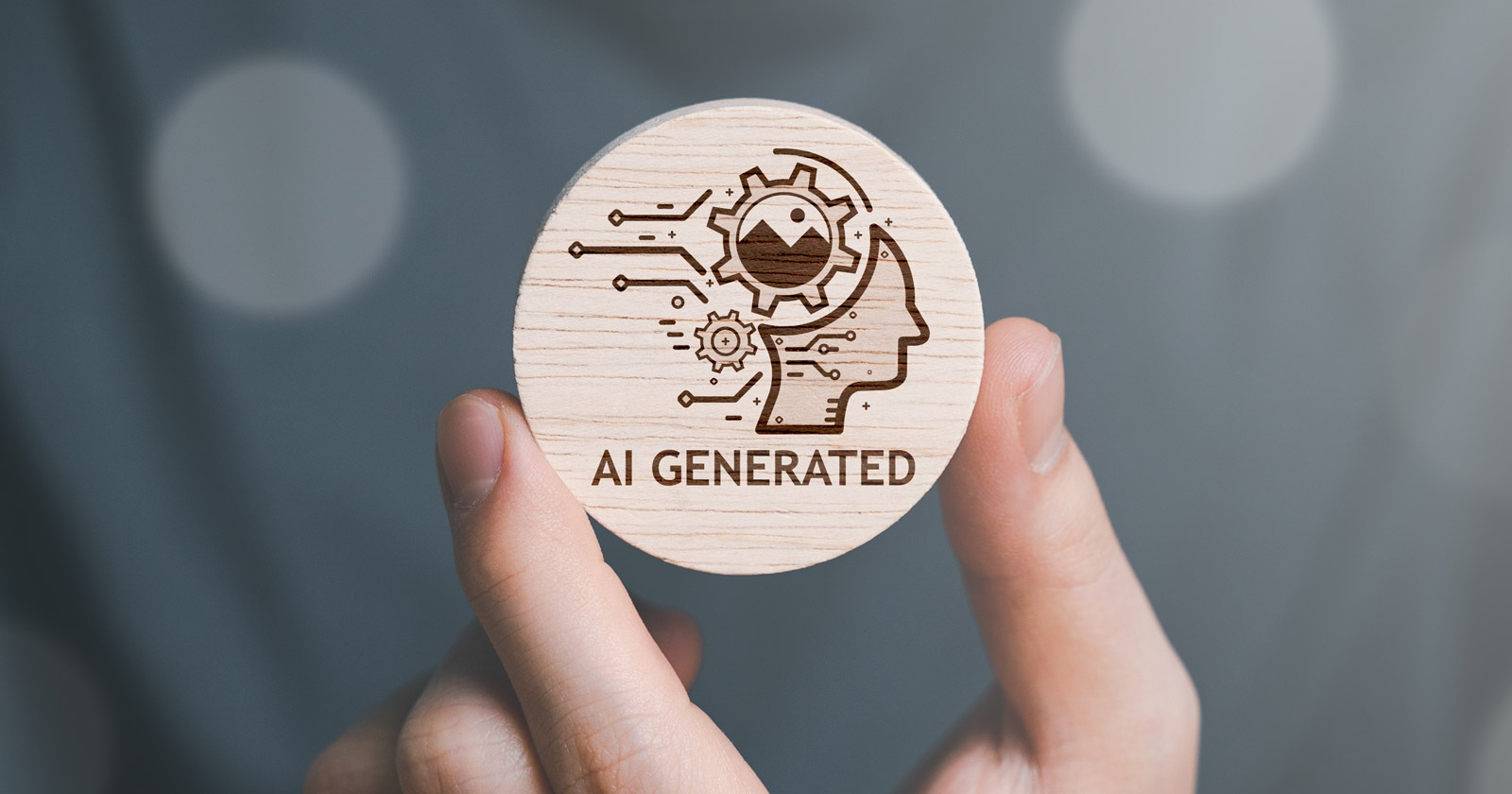AI Content Detection: Self-Detection Study Results
Core Concepts
The author argues that different AI models have varying success rates in self-detecting their own content, with Claude being an outlier due to its difficulty in self-identifying generated text.
Abstract
The study explores how different AI models, including Bard, ChatGPT, and Claude, perform in self-detecting their own generated content. While Bard and ChatGPT show some success in self-detection, Claude struggles to identify its own content. The research highlights the importance of understanding unique artifacts created by each AI model for effective self-detection.
AI Content Detection: Bard Vs ChatGPT Vs Claude
Stats
"A dataset of fifty different topics was created."
"Each AI model was given the exact same prompts to create essays of about 250 words for each of the fifty topics."
"Zero-shot prompting is a type of prompting that relies on the ability of AI models to complete tasks for which they haven’t specifically trained to do."
"Bard did fairly well at detecting its own content and ChatGPT also performed similarly well at detecting its own content."
"Claude was unable to reliably self-detect its own content, performing significantly worse than Bard and ChatGPT."
"Results Of AI Self-Detection Of Own Text Content"
"ZeroGPT essentially failed to detect the Claude-generated content, performing worse than the 50% threshold."
"Claude was able to self-detect the paraphrased content (but it was not able to detect the original essay in the previous test)."
"ChatGPT was not able to self-detect the paraphrased content at a rate much higher than the 50% rate (which is equal to guessing)."
"Claude was able to detect the paraphrased content while ZeroGPT could not."
Quotes
"The finding that paraphrasing prevents ChatGPT from self-detecting while increasing Claude’s ability to self-detect is very interesting and may be the result of the inner workings of these two transformer models."
"This seemingly inconclusive result needs more consideration since it is driven by two conflated causes. 1) The ability of the model to create text with very few detectable artifacts. Since the goal of these systems is to generate human-like text, fewer artifacts that are harder to detect means the model gets closer to that goal. 2) The inherent ability of the model to self-detect can be affected by the used architecture, prompt, and fine-tuning."
"Only Claude cannot be detected. This indicates that Claude might produce fewer detectable artifacts than other models."
Key Insights Distilled From
by Roger Montti at www.searchenginejournal.... 01-06-2024
https://www.searchenginejournal.com/ai-content-detection-bard-vs-chatgpt-vs-claude/505087/
Deeper Inquiries
How can understanding unique artifacts generated by different AI models impact future developments in AI technology?
Understanding the unique artifacts generated by different AI models can have significant implications for future developments in AI technology. By recognizing and studying these artifacts, researchers and developers can gain insights into the inner workings of each model, leading to improvements in model performance, interpretability, and reliability.
Identifying these artifacts allows for better fine-tuning of models to reduce undesirable outputs or biases that may be present. It also enables researchers to create more robust detection tools for identifying AI-generated content accurately. Additionally, understanding these artifacts can aid in developing methods to enhance the overall quality of generated content by minimizing unwanted characteristics.
Furthermore, this knowledge can drive advancements in adversarial training techniques to make AI models more resilient against attacks aimed at exploiting their weaknesses. Overall, a deep understanding of unique artifacts produced by different AI models paves the way for more sophisticated and effective AI technologies in various applications.
What implications does Claude's difficulty in self-detection have on assessing overall quality and authenticity of AI-generated content?
Claude's difficulty in self-detection raises important considerations when assessing the overall quality and authenticity of AI-generated content. The fact that Claude struggled to detect its own generated content suggests that it produces text with fewer detectable artifacts compared to other models like Bard and ChatGPT.
While this might indicate a higher level of output quality due to generating text closer to human-like writing patterns with minimal discernible machine-generated features, it also poses challenges from an authentication perspective. If an AI model cannot reliably identify its own output as machine-generated, it becomes harder for external parties or detection tools to distinguish between human-written and artificially created content accurately.
This difficulty could potentially lead to issues related to misinformation or plagiarism if undetectable machine-generated texts are passed off as authentic human creations without proper attribution. Therefore, Claude's self-detection challenge underscores the importance of developing advanced detection mechanisms capable of discerning even subtle differences between human-authored and AI-produced content for ensuring transparency and trustworthiness across various domains.
How might prompt engineering influence detection levels in various AI models beyond those tested in this study?
Prompt engineering plays a crucial role in influencing detection levels across different AI models beyond those examined in this study. The choice of prompts provided during training or inference significantly impacts how well an AI model performs tasks such as self-detection or distinguishing between machine-generated and human-written text.
By tailoring prompts strategically based on specific characteristics or vulnerabilities inherent within each model architecture, researchers can optimize detection capabilities while mitigating potential shortcomings related to artifact generation or pattern recognition discrepancies among diverse systems. Prompt engineering allows developers not only to guide the focus areas during language generation but also influences how effectively an algorithm identifies its own outputs through targeted cues embedded within input instructions.
Moreover, varying prompt structures enable experimentation with different linguistic contexts or syntactic patterns that may affect how well an AI system recognizes anomalies indicative of artificial text production processes versus natural language expressions. As such, leveraging prompt engineering techniques offers a versatile approach towards enhancing detection accuracy levels across a wide range of existing and forthcoming generative language models tailored towards improved performance metrics aligned with specific use cases or evaluation criteria requirements.
0
